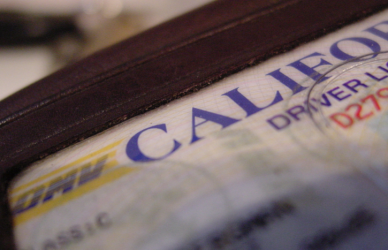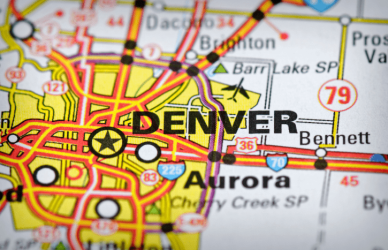Winter weather can present its very own set of unique challenges and dangers to anyone hitting the road during these less-than-ideal driving conditions. Here are a few tips from the pros to keep you safe this winter.
- Slow Down
The slower your speed, the more time you have to react if something goes awry. Slick conditions caused by snow are better navigated at slower speeds and hydroplaning happens when going faster. Watch your speed to help avoid winter accidents. - Allow A Safe Distance
Always increase your following distance in winter weather to ensure you have plenty of space to stop and maneuver unexpected traffic situations. Also, ensure that you’re not cutting in too close to other vehicles on the road to allow them plenty of time to react to situations in the conditions as well. Try to give a little extra space all around and this can go a long way towards keeping you safe this winter. - Brake and Accelerate Slowly
When faced with snowy or icy conditions, you’ll want to accelerate and brake slowly. If your car is a 2003 or older, it may or may not be equipped with an anti-lock braking system (ABS). If this is the case, you’ll want to lightly pump the brakes when you need to slow down instead of applying constant pressure. This will help keep you from sliding in slick conditions.
- Keep a Firm Grip on the Wheel
Keep both hands on the wheel at all times and grip that steering wheel firmly to help you maintain control in any situation. This can be a gamechanger in guiding your vehicle through snow and ice.
- Be Especially Careful on Bridges
Bridges, highway overpasses, and other elevated surfaces freeze faster than the regular road running across the ground. These types of surfaces are some of the first to form dangerous patches of black ice where none existed on surrounding roadways. Use extra caution on bridges to avoid skidding or spinning out on the road.
- Avoid Black Ice
Bridges aren’t the only places where black ice forms. This layer of transparent ice often looks like a simple wet spot in the road and can be found anywhere. It can also be tricky to spot until you’re already on top of it. Be aware of the conditions that can form black ice. Watch for frost on your mirrors – this can indicate conditions favorable for the formation of black ice. Also, watch other vehicles on the road. If you see the break in the spray of a vehicle, it’s likely they’re passing over a patch of ice. Keep your speed down, give them space, and approach with caution.
- Carry Proper Supplies
If you’re going to be on the road in winter weather conditions, you should take care to ensure your vehicle is packed with a few essentials appropriate for the weather and situations that could arise as a result. These include
- Extra layers of clothing – especially things like insulated coveralls
- Gloves
- Flashlight
- Waterproof boots and poncho
- Windshield wiper fluid
- Blankets
- Bag of sand or salt
- Jumper cables
- Snow scrapers and brushes
- Know When to Stay Put
The best drivers know that when there’s too much snow, too much ice, or driving winds, it’s best to sit tight and wait it out. Stay off the roads unless absolutely necessary. This will not only keep you safe but put one less vehicle on the roads for those who don’t have the option to stay home leaving things just a little less congested and a hair safer all around.







